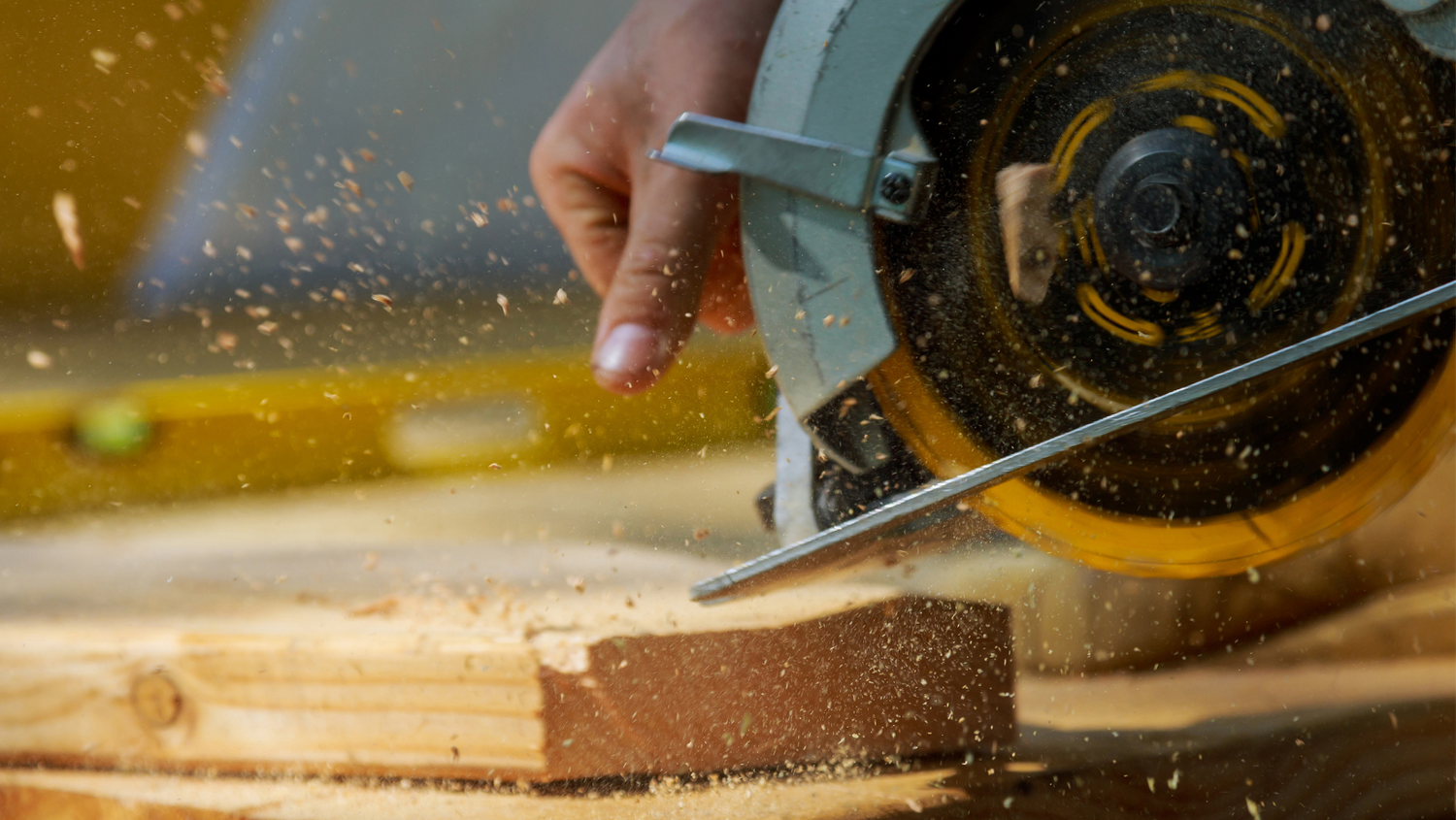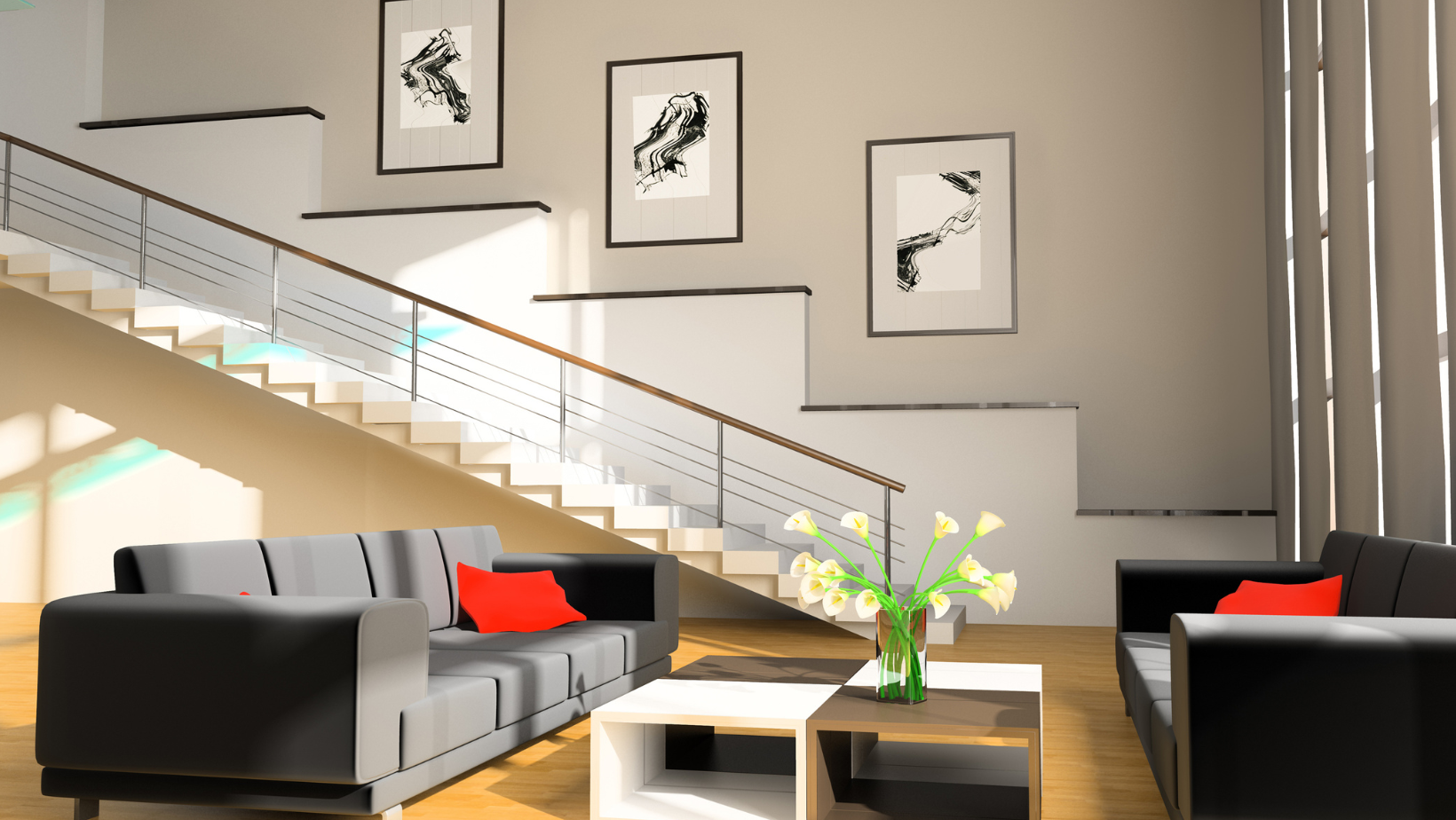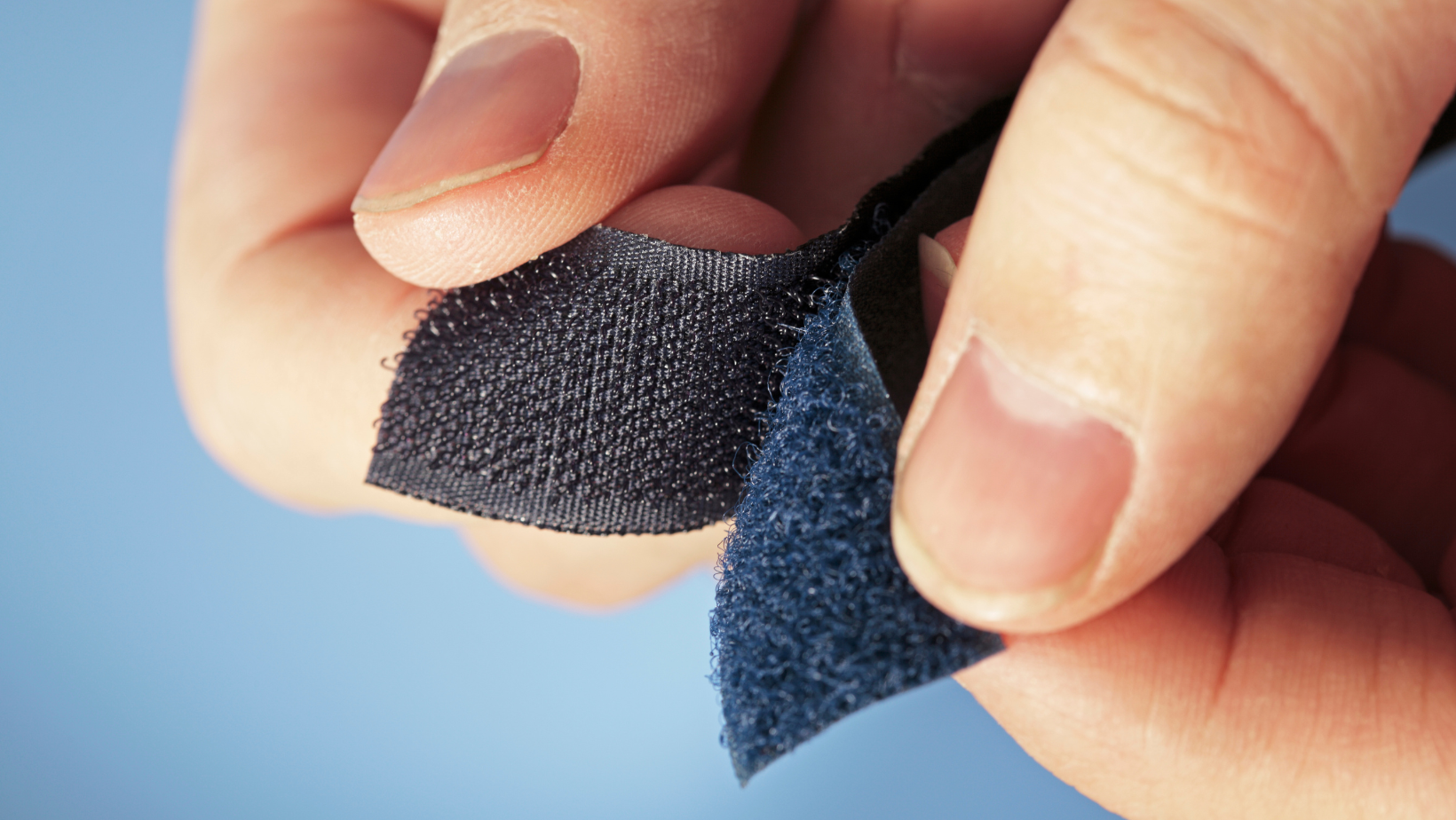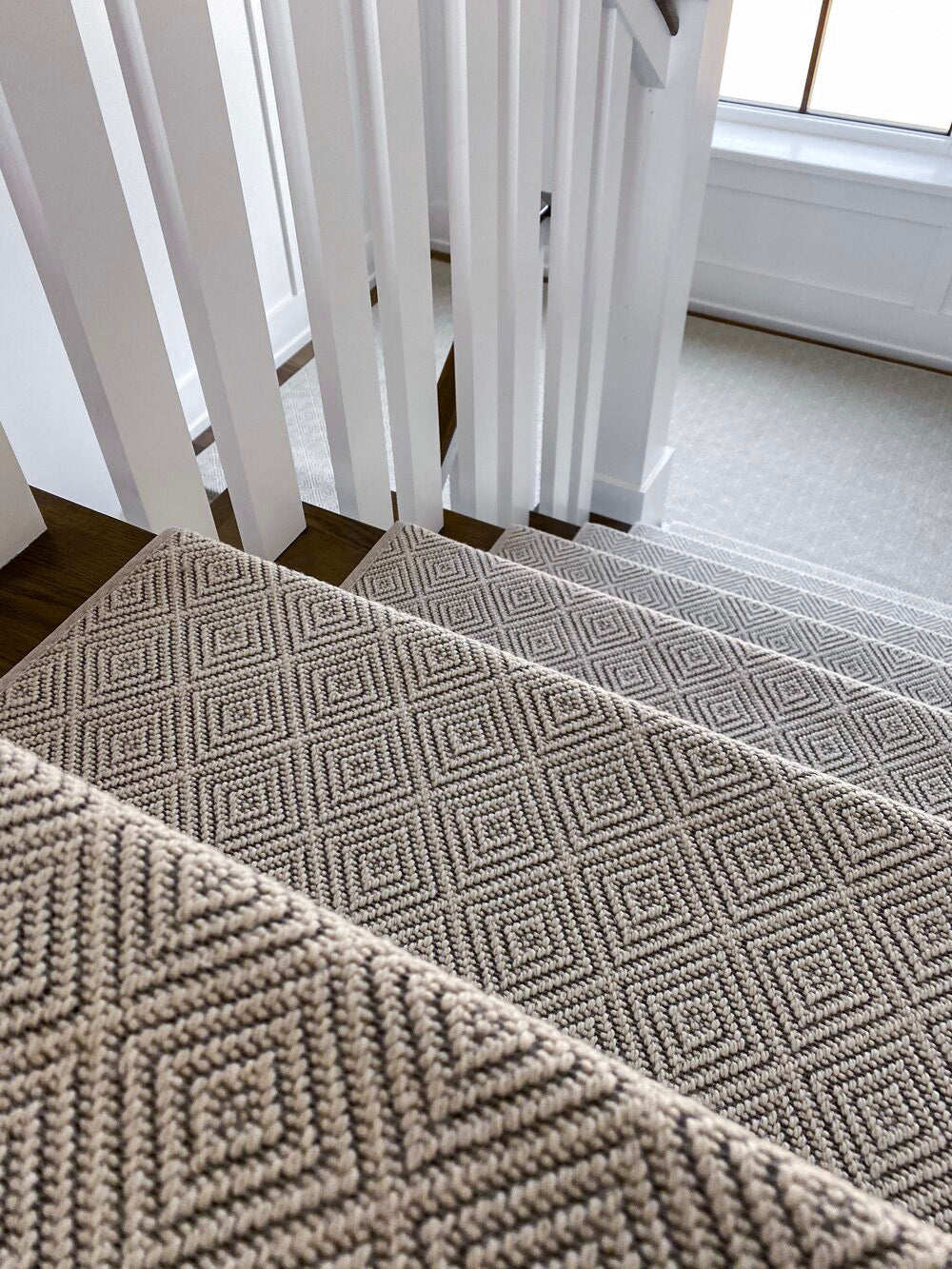Upgrading your staircase can transform the look and feel of your home, and knowing how to cut stair treads properly is essential for a polished, professional finish.
To cut stair treads, measure the width and depth of each step, mark your material precisely, and use a circular or miter saw for clean, accurate cuts.
Secure the tread before cutting, follow your marked lines carefully, and sand the edges for a smooth, finished look.
In this guide, you’ll learn step-by-step techniques, the best tools for the job, and expert tips to ensure your stair treads are safe and stylish.
We'll even give our recommendation for adding stylish carpet stair treads, to enhance the overall style of your staircase.
To Cut Stair Treads Accurately, Follow These Steps
-
Measure the width of the stair to ensure a precise fit.
-
Mark the tread material with a straight edge to guide your cut.
-
Use a circular saw or miter saw to make clean, straight cuts without splintering.
-
Ensure the tread fits snugly against the risers and stringers to maintain structural integrity.
If you’re using carpet stair treads, trim them to size with sharp scissors or a utility knife.
Carpet treads offer a comfortable, non-slip surface that reduces noise and enhances safety.
Installing properly cut stair treads will increase durability and provide a polished finish.
Cut Stair Treads Precisely
Getting a precise fit is key to a professional-looking staircase.
Poorly cut treads can lead to gaps, uneven steps, and an overall unstable structure.
To ensure a seamless installation, take your time measuring and marking your materials.
Follow this step-by-step guide to make clean and accurate cuts for long-lasting results.
Measure Twice, Cut Once
Start by measuring the space where each stair tread will go.
Each step might be slightly different in size, especially in older homes where floors may have shifted.
Using a tape measure, record both the width and depth of each step to ensure a perfect fit.
Double-check your measurements before cutting to avoid wasting materials or making incorrect cuts.
If working with multiple staircases, label each tread to keep track of placement.
Mark Your Measurements
Use a straight edge and pencil to transfer your measurements onto the tread material.
This step ensures that your cuts are aligned and accurate, preventing unnecessary gaps.
For extra precision, use painter’s tape along the cut line to minimize splintering.
Make sure your lines are clear and precise so your cuts are accurate the first time.
Avoid marking freehand, as this can lead to inconsistencies that affect the fit of the tread.
Set Up Your Saw
Use a circular saw or table saw for the best results.
If you're cutting hardwood, choose a fine-tooth blade to prevent rough edges and splinters.
Make sure the blade is sharp and set to the appropriate depth for a clean, straight cut.
If using a table saw, attach a fence guide to maintain even cuts across all treads.
Having the right tools will make the job safer and produce professional-quality results.
Secure the Tread
Clamp the tread material to a stable surface before cutting.
This prevents the material from shifting and ensures that your cut stays perfectly straight.
Using clamps also keeps your hands safely away from the blade, reducing the risk of injury.
A solid workbench or sawhorses provide the best support when cutting stair treads.
If cutting multiple treads, secure them in the same position to maintain uniformity.
Make the Cut
Follow your marked line carefully with your saw.
Cut slowly and steadily to maintain control and ensure precision.
If using a circular saw, let the blade do the work—don’t force it through the material.
For best results, cut slightly outside the marked line and sand down to the final dimensions.
This method gives you more control over the finished shape of your stair treads.
Sand the Edges
After cutting, sand the edges to remove rough spots and splinters.
A fine-grit sandpaper will smooth out any imperfections, making installation easier.
If staining or sealing, sanding ensures an even finish and enhances the natural grain of the wood.
This step is especially important if you are installing wooden stair treads without carpet.
Well-sanded edges also prevent chipping over time, increasing the longevity of your staircase.
What is the Best Tool to Cut Stair Treads?
Choosing the right tool will make cutting stair treads easier and more precise.
The best option depends on the material you’re using and the finish you want.
For most DIYers, a power miter saw is the best choice.
It makes clean, straight cuts and works well for hardwood, engineered wood, and other materials.
A compound miter saw is ideal if you need to cut stair treads with angles or bevels.
Make sure your saw blade is sharp and appropriate for the material to prevent splintering.
A dull blade can cause jagged edges, making the treads harder to install.
Can I Cut Stair Treads with a Circular Saw?
If you don’t have a miter saw, a circular saw is a great alternative.
This tool can make precise cuts, but you’ll need a steady hand and careful measurements.
To keep your cuts straight, use a guide rail or clamp a straight edge to the material.
A track saw system can also help achieve straight and consistent cuts.
This method is especially helpful if your stair treads have custom angles or unique designs.
Using a high-tooth-count blade will reduce chipping and give a cleaner cut.
What Angle Do You Cut Stairs?
Angles are important in stair construction for both safety and appearance.
Stair treads are usually cut at a 90-degree angle to match the rise and run of the staircase.
However, if your stairs have landings or turns, you may need to adjust the angle.
Use precise measurements to ensure your cuts match the layout of your home.
If unsure, create a test cut with scrap material before cutting your final treads.
A framing square can help verify the accuracy of your angles before you make your cuts.
Building Your Own Stair Stringers and Stair Treads
Making your own stair stringers and treads gives you complete control over the design, fit, and durability of your staircase.
While it requires careful planning, the result is a custom-built staircase that enhances both function and style.
To build stair stringers, start by measuring the total rise and run of your stairs.
Use a framing square to mark the tread and riser dimensions on a sturdy board, typically 2x12 lumber.
Cut along the marks with a circular saw, stopping just short of the corners to avoid overcuts.
Finish the cuts with a handsaw for precision.
Once complete, attach the stringers securely to the stair framing to ensure a strong foundation.
For stair treads, select a durable material like solid hardwood, engineered wood, or composite boards.
Measure each step individually, as sizes can vary.
Mark and cut the treads using a miter saw or circular saw, ensuring straight edges for a snug fit.
Sand the edges and apply a finish or stain to enhance durability and appearance.
If desired, add carpet stair treads for extra comfort and slip resistance.
By crafting your own stair stringers and treads, you can achieve a custom staircase that perfectly suits your space while adding long-term value to your home.
Steps to Success
Cutting stair treads is a great way to upgrade your home and add a personal touch.
By choosing the right tools, measuring accurately, and following these steps, you can create a beautiful and functional staircase.
Investing in quality stair treads not only improves the look of your home but also enhances its safety.
If you want custom stair treads that perfectly match your design, Oak Valley Designs offers high-quality options to enhance your space.
With a little effort, you can make your stairs safer, more stylish, and built to last.
Elevate Your Staircase with Style and Comfort
Transforming your staircase doesn’t have to be overwhelming.
Whether you're looking for carpet stair treads, elegant landings, or stylish hallway runners, Oak Valley Designs has the perfect solution to enhance your home’s comfort and design.
Our high-quality, custom-fit options provide a seamless blend of safety, durability, and luxury, giving your staircase a refined, finished look.
If you’re ready to elevate your space, we’re here to help.
Visit our website to explore our selection, or reach out to us directly for expert guidance on finding the best fit for your home.
-
Website: https://oakvalleydesigns.com/
-
Phone: 706.331.0315
-
Email: info@oakvalleydesigns.com
-
Address: 30 River Ct SW Bldg E, Cartersville, GA 30120




